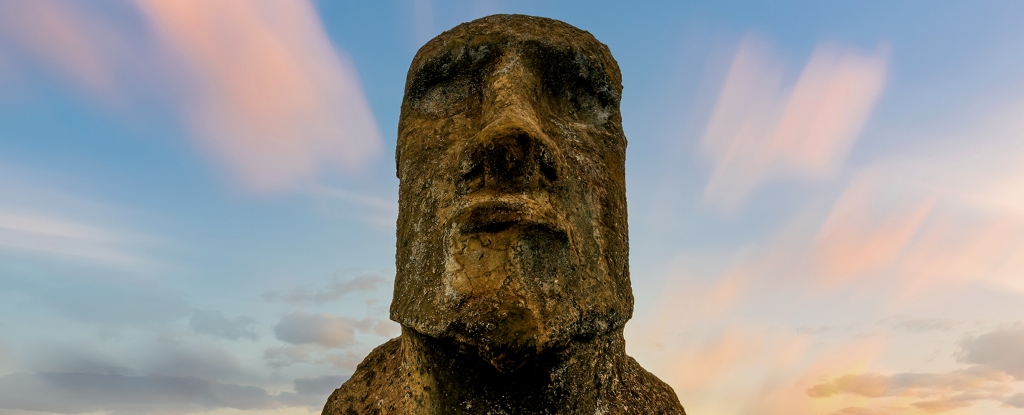The people of Rapa Nui, or Easter Island, were not the instruments of their own demise, according to new research. In a comprehensive new study, researchers found that the population of monument-carvers could not possibly have been big enough to collapse under the demands placed on their environment, as has previously been suggested. The myth of this so-called Rapa Nui " " – held up for decades as a cautionary tale about overexploitation of natural resources – should be firmly relegated to the bin of outdated theories, scientists now say.
This finding is just the latest in a mounting body of evidence that the Pacific Islander population's decline had nothing to do with their way of living. In fact, the collapse so soon after European contact in the 1700s probably had , enforced migration, and introduced pathogens. The finding was based on an analysis of the rock gardens found on Rapa Nui, in which the islanders grew their food.

A team led by archaeologist Dylan Davis of Columbia Climate School conducted a new satellite survey of the sites, and found that the number of these gardens could not have supported a population large enough to collapse under its own weight. "This shows that the population could never have been as big as some of the previous estimates," . "The lesson is the opposite of the collapse theory.
People were able to be very resilient in the face of limited resources by modifying the environment in a way that helped." According to the ecocide theory, popul.
















